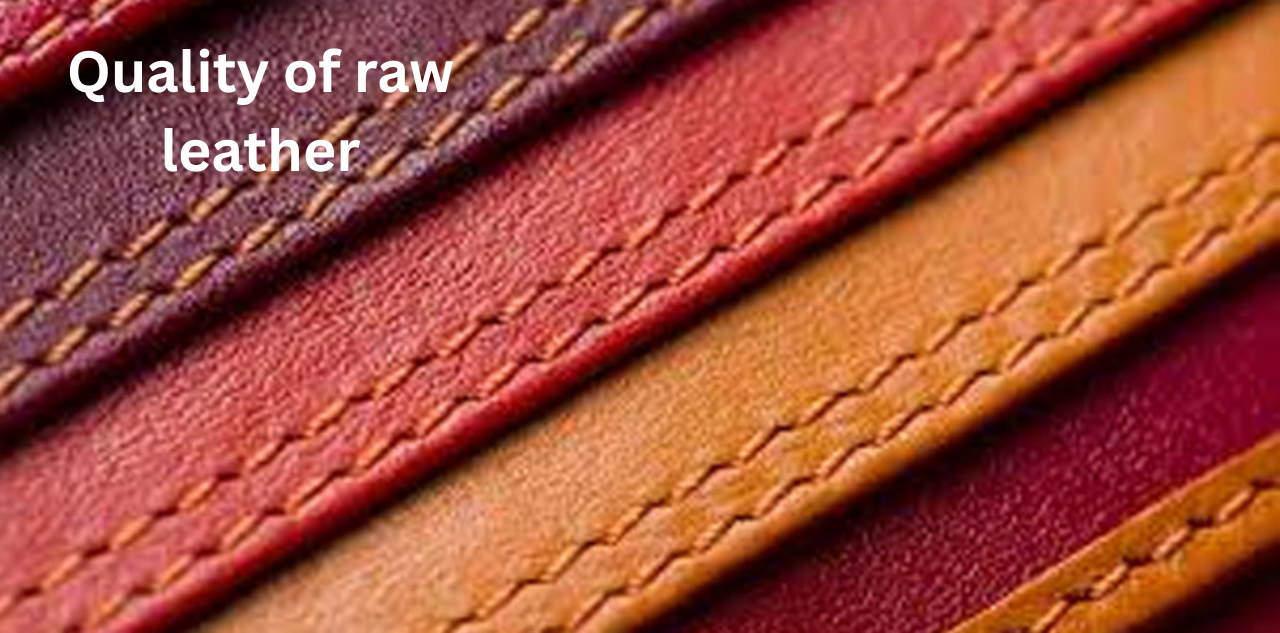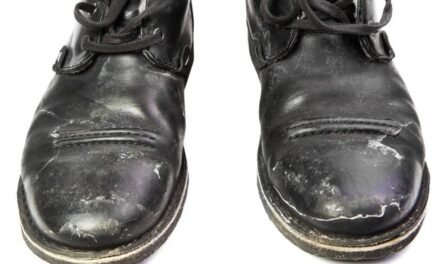The quality of raw leather (hides or skins) is determined through several inspection criteria and evaluation methods before processing. These factors ensure that the raw material is suitable for specific tanning methods and end-use products. The following are the main parameters:
1. Origin of Hides or Skins
- Source: The quality depends on the animal species (e.g., cow, goat, sheep, buffalo) and its geographic origin.
- Animals from regions with harsh climates or poor farming practices may have hides with defects like scars, scratches, or insect bites.
- Livestock health: Healthy animals produce better-quality hides.
2. Size and Thickness
- Size: Larger hides are valued more for certain leather types (e.g., cowhide for upholstery or automotive leather).
- Thickness: Uniform thickness across the hide is a key quality parameter. Uneven hides may limit the tanning results.
3. Condition of the Hide or Skin
- Freshness: Fresh hides are preferred. Prolonged delays can lead to putrefaction (bacterial decomposition), causing damage.
- Moisture Content: Excess moisture can indicate improper curing, leading to deterioration.
- Odor: A foul odor indicates bacterial activity or rotting.
- Salt Curing: Properly salted hides should have no visible salt crystals or moisture imbalance.
4. Defects and Damage
Inspection for physical defects is critical:
- Insect Bites: Tiny holes or blemishes from flies, ticks, or other parasites.
- Scars and Wounds: Cuts, scratches, branding marks, or healed scars can impact leather uniformity.
- Wrinkles: Natural creases can affect the usability of the hide.
- Stains and Dirt: Blood, manure, or grease residues indicate poor handling.
- Tear or Flay Cuts: Damage from improper skinning techniques affects usable area.
5. Tear Strength and Fiber Density
- Strong, dense fibers indicate superior leather quality. This is determined through a manual check or laboratory testing.
- Loose-grained hides (weak fibers) produce lower-quality leather.
6. Color and Grain Pattern
- Natural color and consistency of the grain pattern are inspected.
- Uniform grain is a marker of high-quality hides. Visible veins or irregular patterns indicate lower quality.
7. Fat and Flesh Content
- Excess fat, flesh, or meat residues from poor flaying must be minimal. These residues can decompose and cause odor or bacteria.
8. Storage and Handling Quality
- Curing Method: Hides are preserved via methods like salting, drying, or freezing. Proper curing prevents microbial activity.
- Storage Conditions: Poor ventilation, humidity, or exposure to sunlight can damage hides.
9. Physical Tests (Optional for High-Value Hides)
- Tensile Strength: Measures the hide’s durability under stress.
- Elasticity: Determines flexibility and stretchiness.
- Porosity: Evaluates the hide’s ability to absorb tanning agents and finishes.







